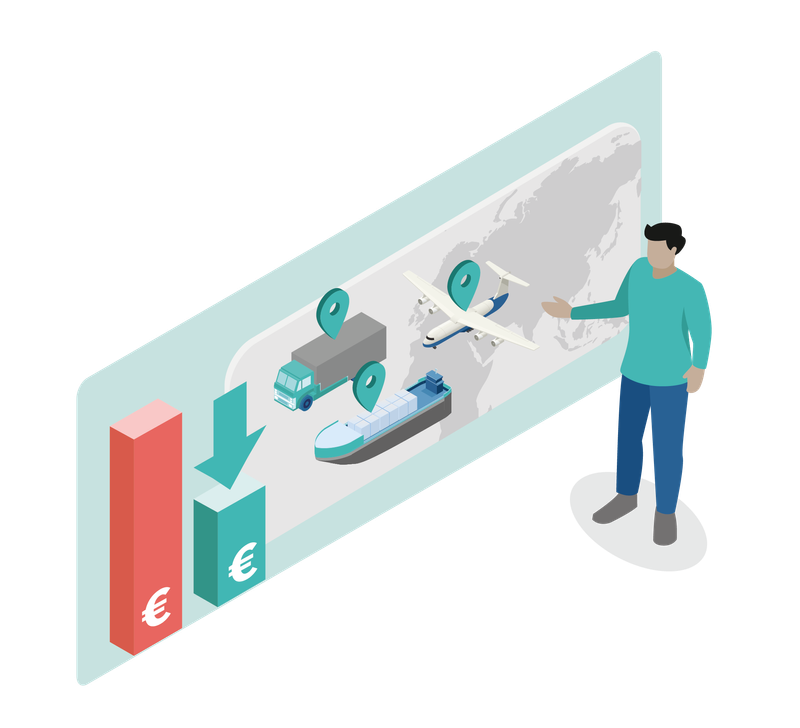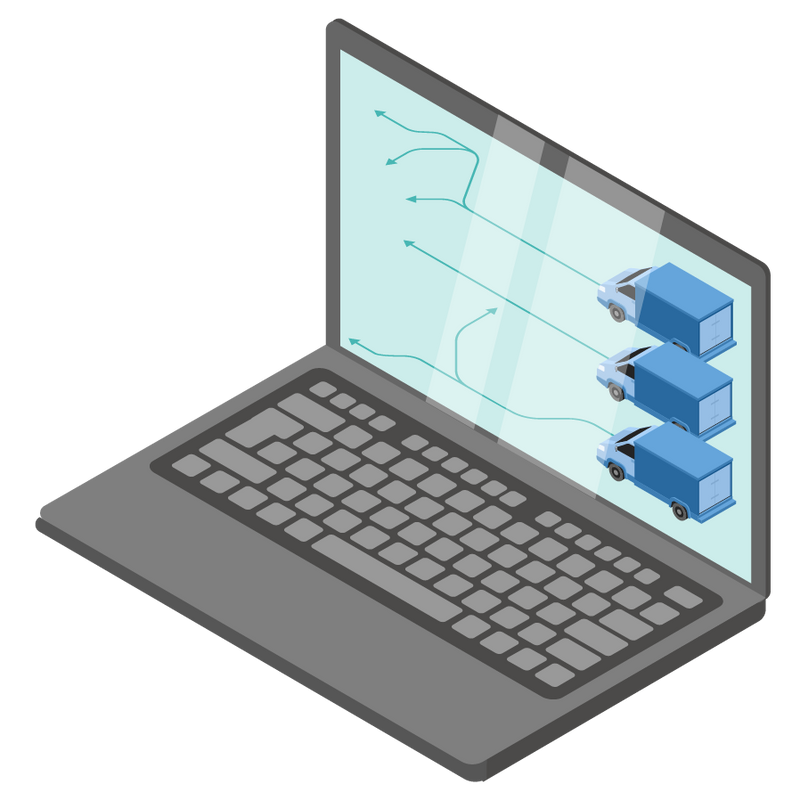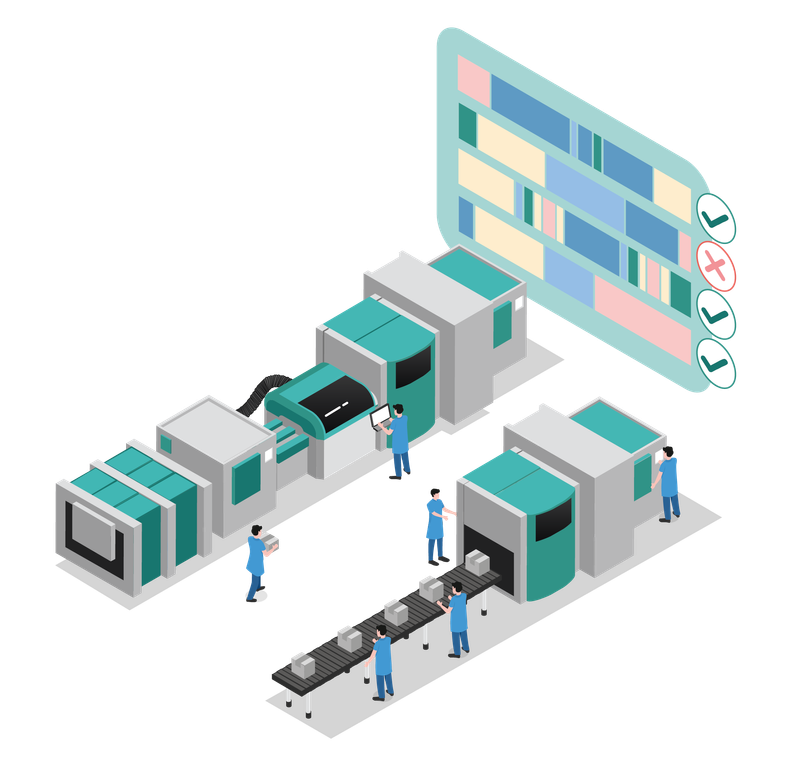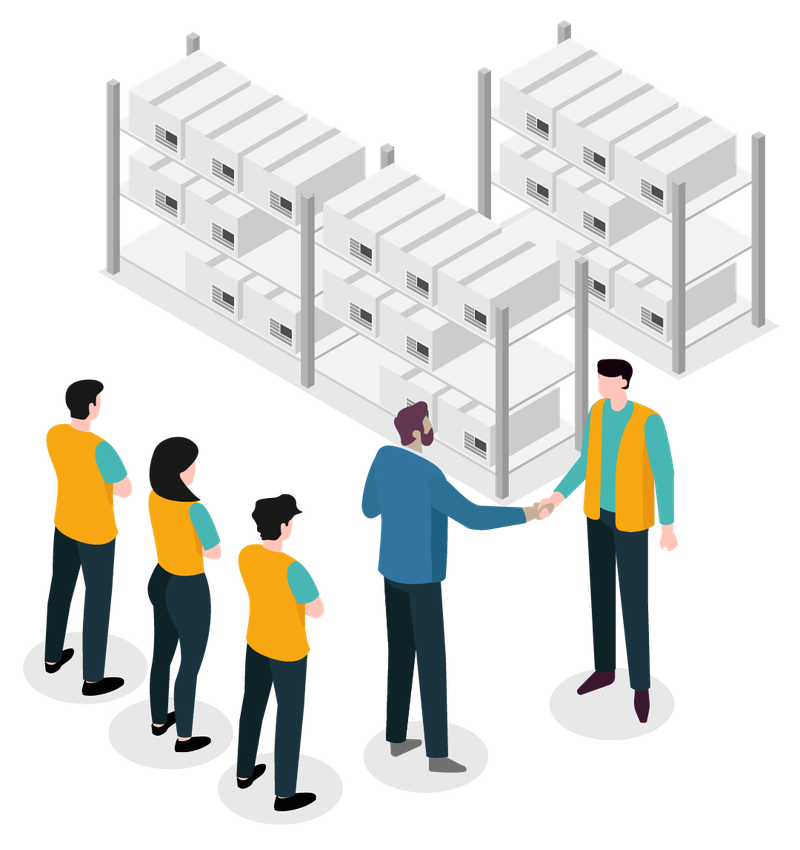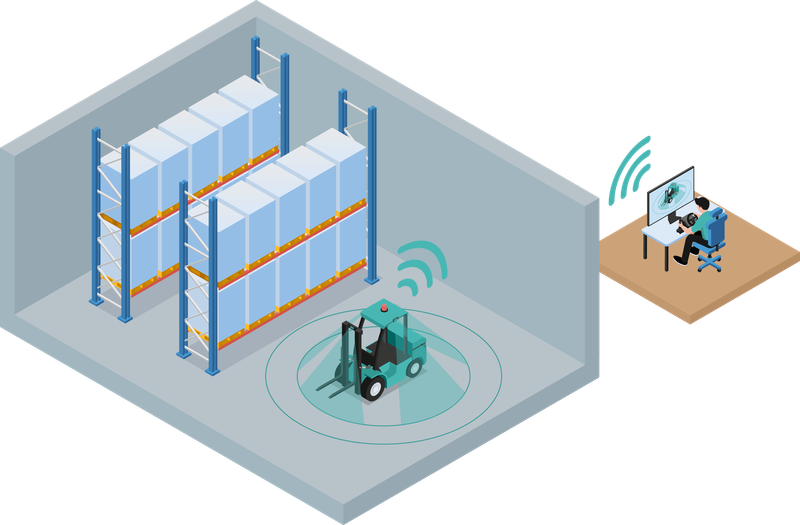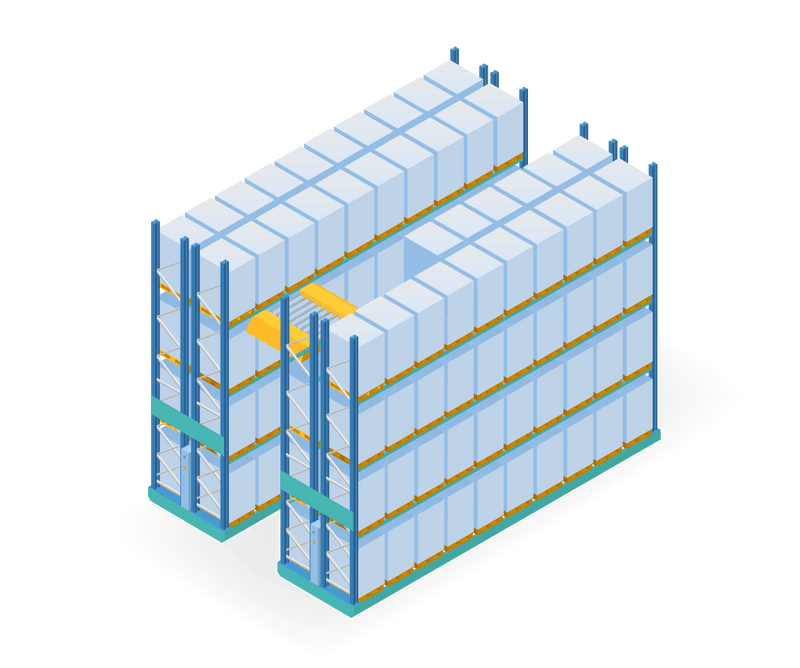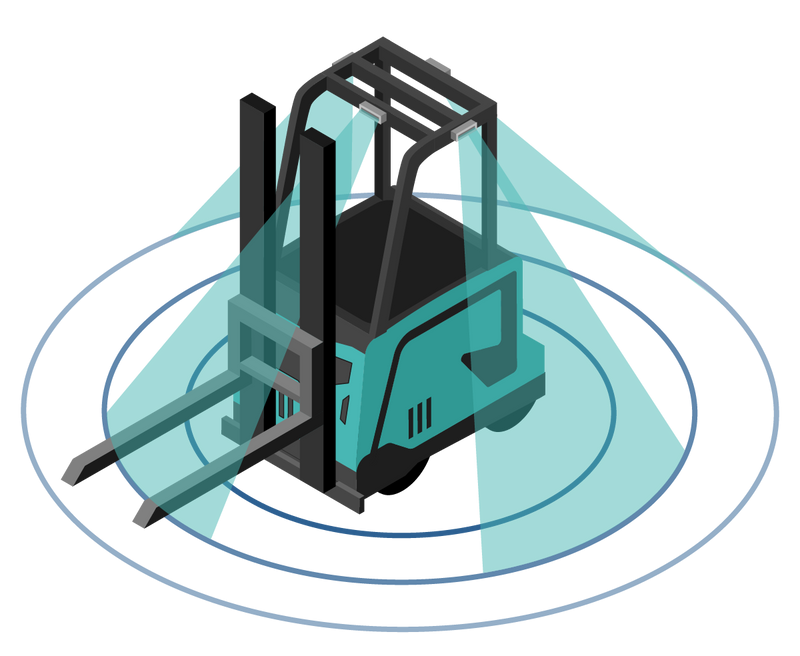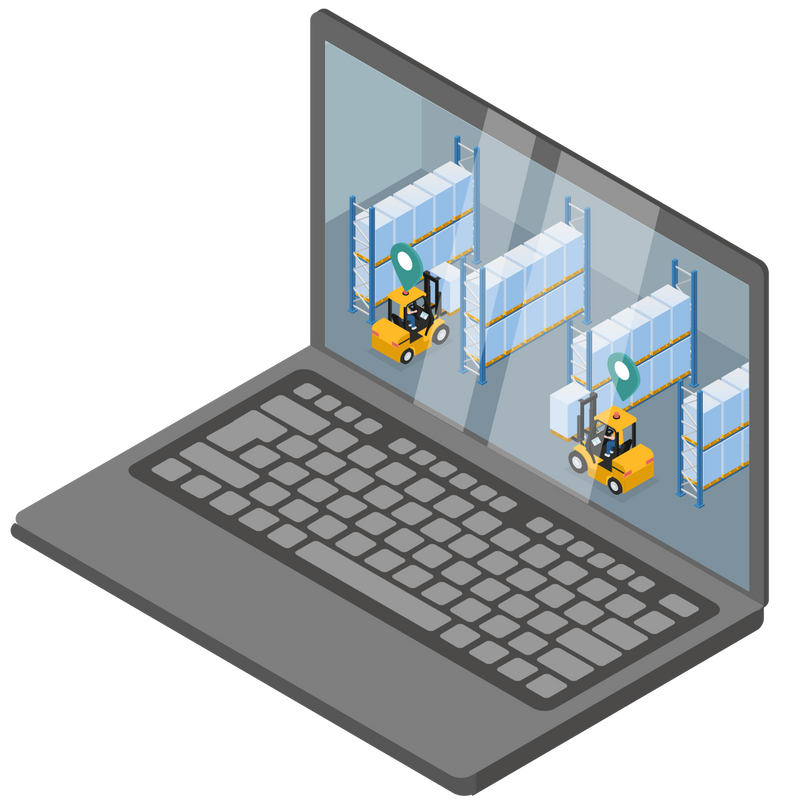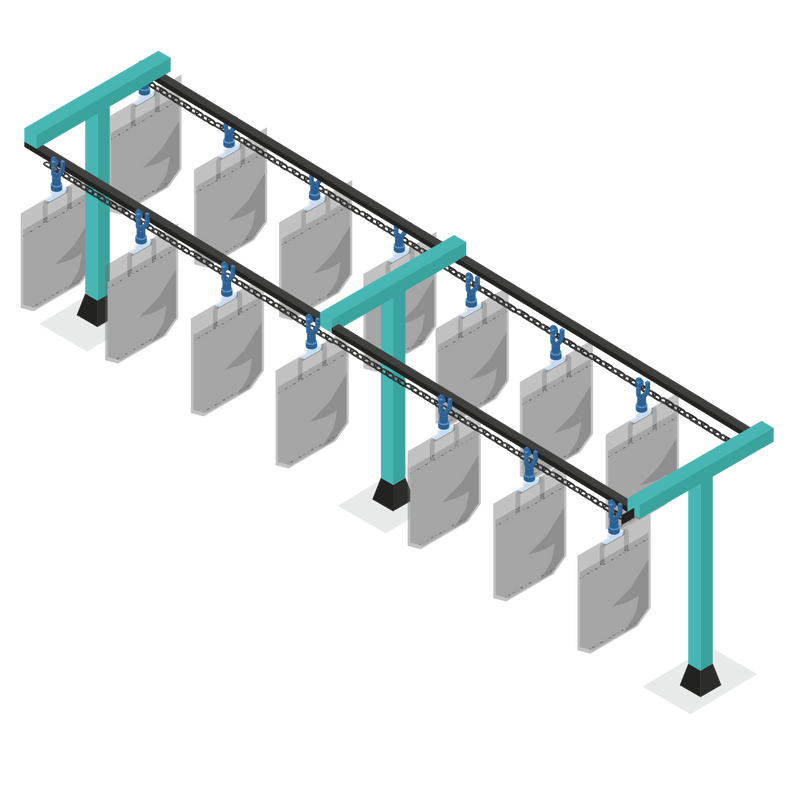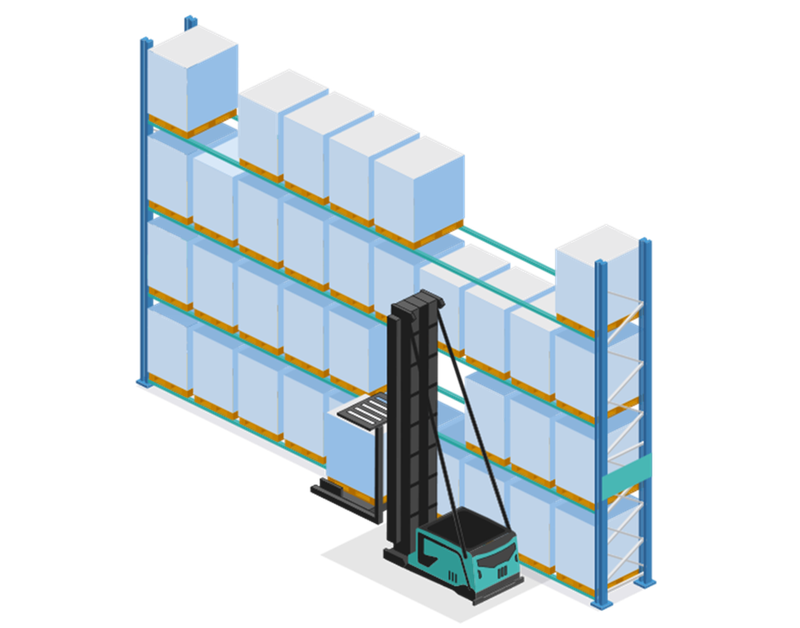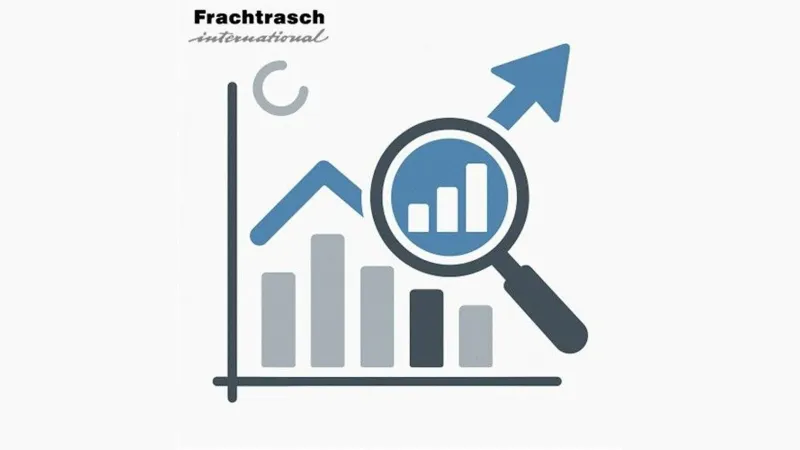
Freight Costs - Analysis & Optimization

Freight Costs - Analysis & Optimization
Price from
Project-specific
Type of solution
Service
Apllication reason
Data acquisition & analysis, Error...
Application
On Premise
Software costs/ user licenses
As this is a service solution, there...
Clients
Communication and the result take the...
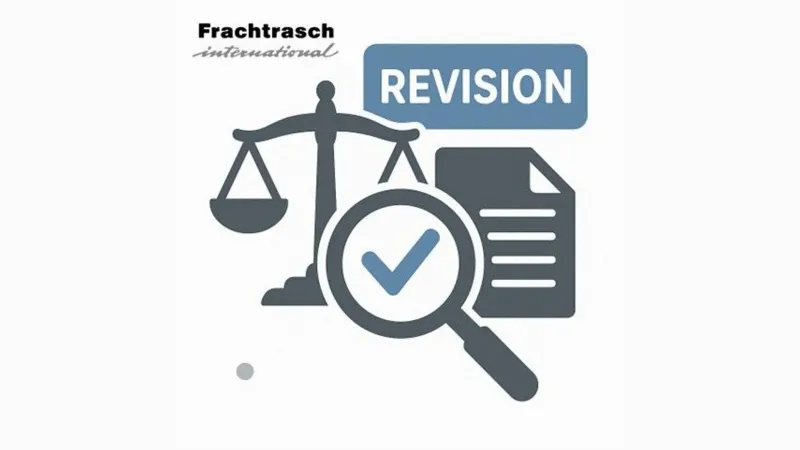
Freight Costs - Legally Compliant Revision

Freight Costs - Legally Compliant Revision
Price from
Project-specific
Type of solution
Service
Apllication reason
Data acquisition & analysis...
Application
On Premise
Software costs/ user licenses
As this is a service solution, there...
Clients
Transmission of the results in report form.
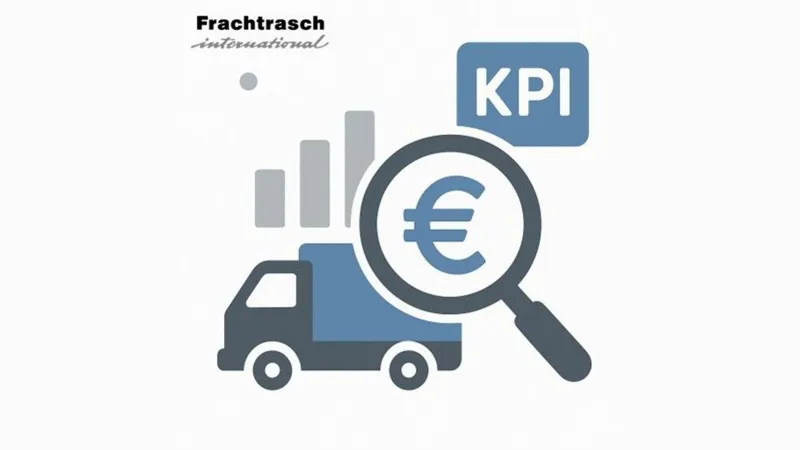
Freight Costs - Transportation Costs KPIs

Freight Costs - Transportation Costs KPIs
Price from
Project-specific
Type of solution
Software, Service
Apllication reason
Data acquisition & analysis, Error...
Application
Cloud, On Premise
Software costs/ user licenses
As this is a service solution, there...
Clients
Web browser
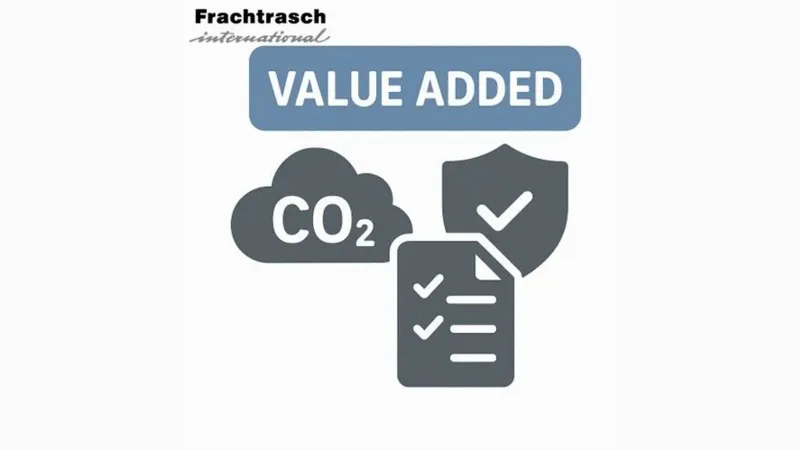
Freight Costs - Value Added Services

Freight Costs - Value Added Services
Price from
Project-specific
Type of solution
Service
Apllication reason
Data acquisition & analysis
Application
On Premise
Software costs/ user licenses
As this is a service solution, there...
Clients
Web browser, App, Desktop application
